Black Art History
Exploring the lives and legacies of Black artists who shaped art history and culture. Each week during Black History Month, we highlight trailblazing figures whose works continue to inspire and redefine the creative landscape.
Discover their stories, learn their impact, and join the conversation. Read the history. Give us feedback.
Elizabeth Catlett: The Sculptor Who Amplified Black Women’s Stories
Elizabeth Catlett’s sculptures and prints transformed art into activism, amplifying the voices of Black women and marginalized communities.

Elizabeth Catlett, Dancing II, 2003, Lithograph
Elizabeth Catlett didn’t just create art—she sculpted symbols of Black strength, dignity, and resistance. A master of both printmaking and sculpture, she dedicated her career to uplifting Black and Indigenous communities, fighting for justice, and redefining how Black women were represented in art.
With a career spanning over seven decades, Catlett’s work remains as powerful today as when she first carved, molded, and etched her figures into history.
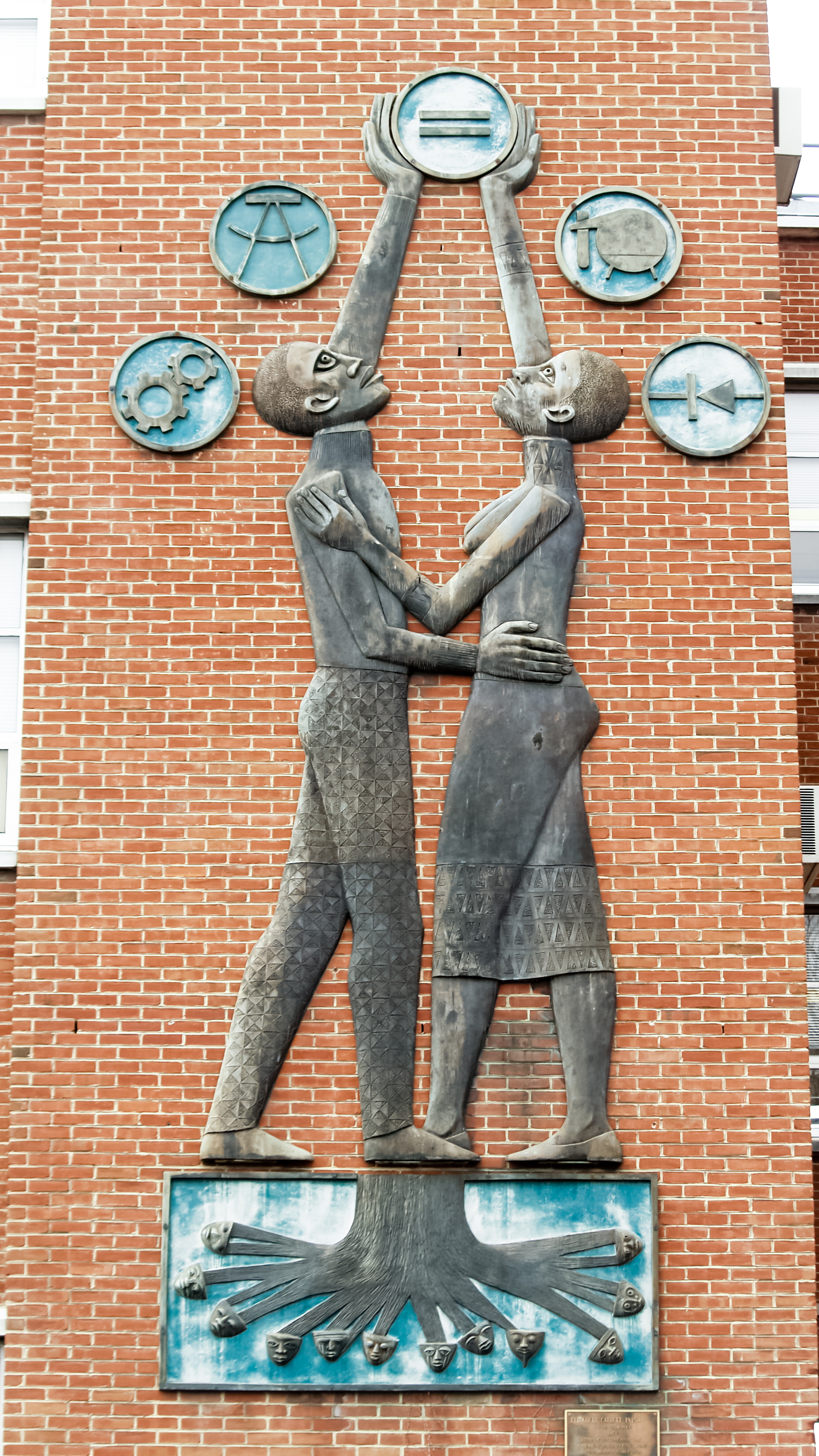 Elizabeth Catlett, Students Aspire, 1977, Bronze relief
Elizabeth Catlett, Students Aspire, 1977, Bronze relief
The Making of an Artist-Activist
Born in 1915 in Washington, D.C., Elizabeth Catlett came of age in a world where Black artists were often overlooked. Despite facing racial and gender barriers, she pursued art with determination, earning her MFA from the University of Iowa in 1940. Under the mentorship of painter Grant Wood (famous for American Gothic), she learned the importance of depicting everyday people with strength and dignity.
But Catlett’s art was never just about aesthetics—it was about activism. Her work centered Black life, Black struggle, and Black joy at a time when few artists dared to.
In the 1940s, she moved to Mexico and joined Taller de Gráfica Popular, a radical printmaking collective that used art to fight oppression. It was there that she honed her printmaking skills and found her political voice, creating images of workers, mothers, and revolutionaries that spoke to the struggles of both Black Americans and Indigenous Mexicans.
Art as a Weapon for Justice
Catlett’s most famous works embody the spirit of activism. Her 1947 print series The Negro Woman told the story of Black women’s resilience through bold, striking images accompanied by statements like I Have Given the World My Songs and My Role Has Been Important in the Struggle to Organize the Unorganized.
Her sculptures, often carved from wood or cast in bronze, celebrated the strength and beauty of Black women. Works like Mother and Child and Homage to My Young Black Sisters honored Black motherhood, community, and revolutionaries.
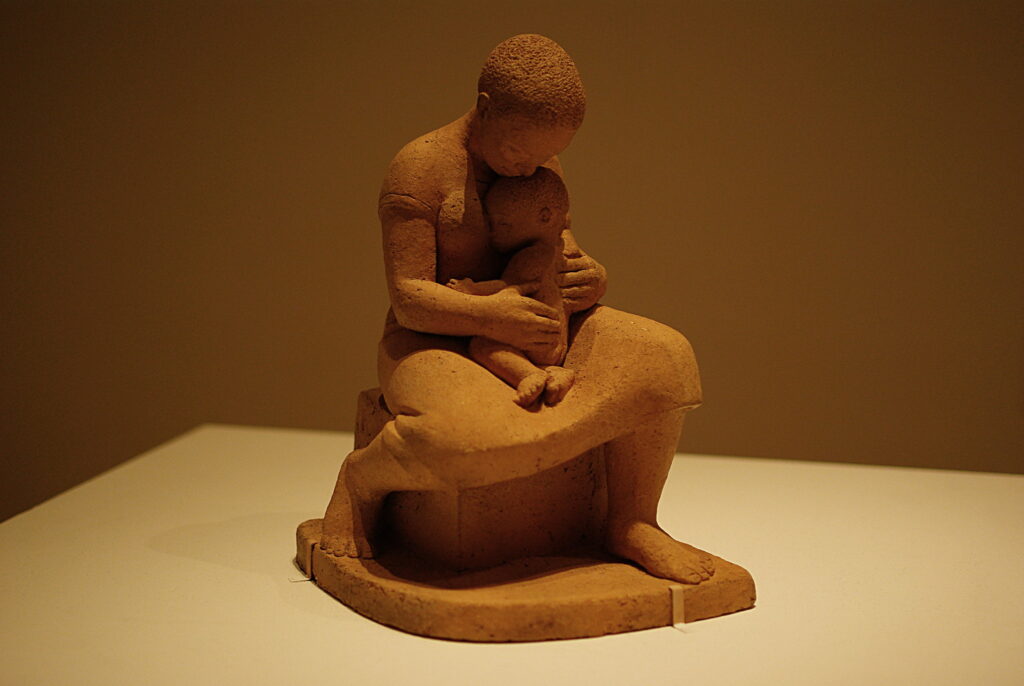 Elizabeth Catlett, Mother and Child, 1956, Terra cotta. Photo: Sajith T, CC BY-SA 2.0
Elizabeth Catlett, Mother and Child, 1956, Terra cotta. Photo: Sajith T, CC BY-SA 2.0
At a time when the Civil Rights Movement was gaining momentum, Catlett’s art became a visual rallying cry. The U.S. government even labeled her work as “subversive,” leading to her being banned from entering the U.S. for years. Still, she never stopped creating.
A Lasting Legacy
Elizabeth Catlett’s work continues to inspire artists, activists, and scholars. Her impact can be seen in contemporary artists who fuse social justice with visual storytelling, such as Kara Walker and Simone Leigh.
Before her passing in 2012, Catlett received numerous honors, with her work displayed in institutions like the Smithsonian and the Museum of Modern Art. But more importantly, her legacy lives in the hearts of those she empowered through her art—Black women, workers, and revolutionaries who see themselves reflected in her sculptures and prints.
Her message remains clear: art is not just about beauty—it’s about power, resistance, and the fight for a better world.
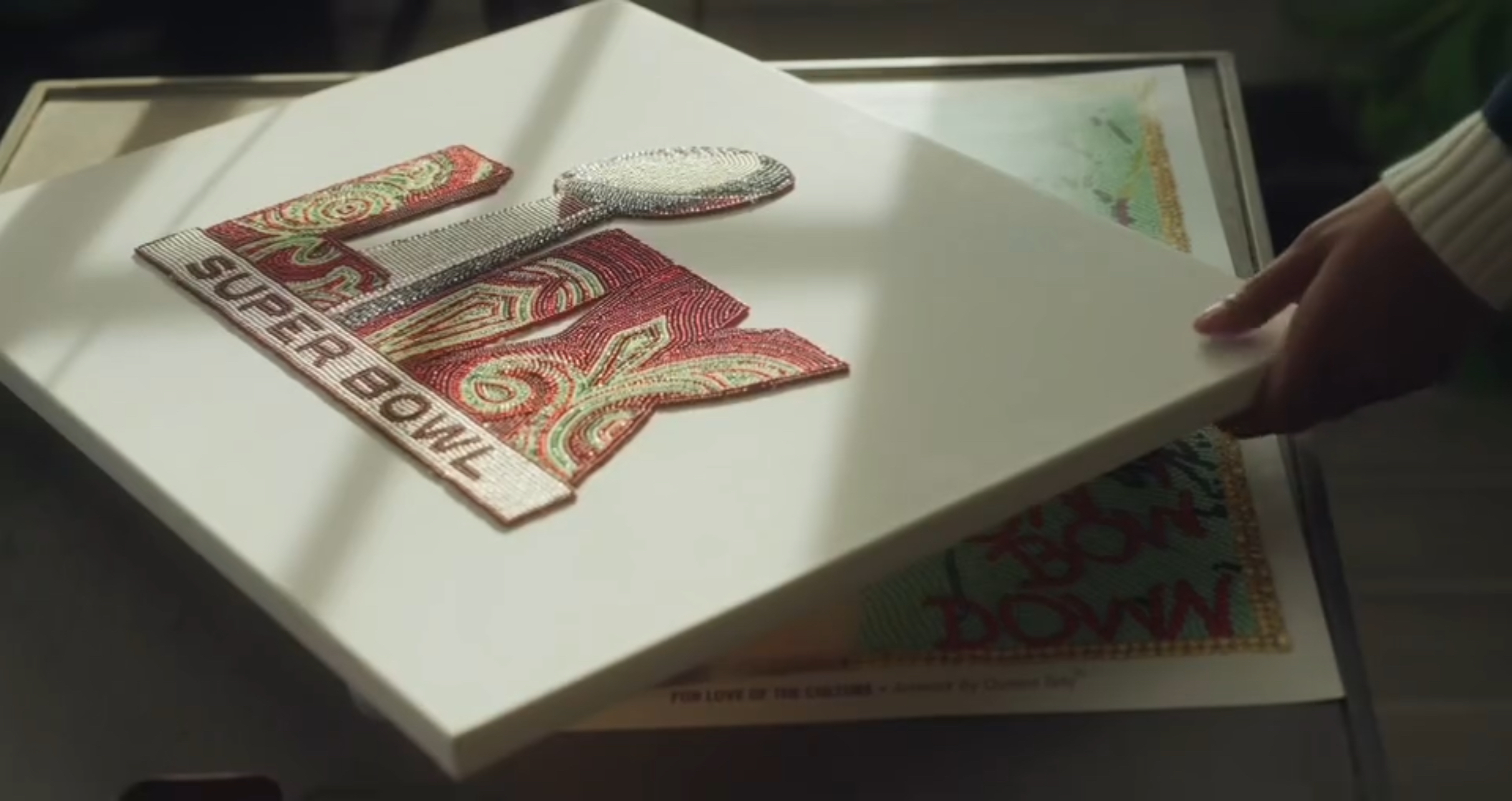 “Queen Tahj” Williams: The First Black Woman to Design the Official Super Bowl Logo
“Queen Tahj” Williams: The First Black Woman to Design the Official Super Bowl Logo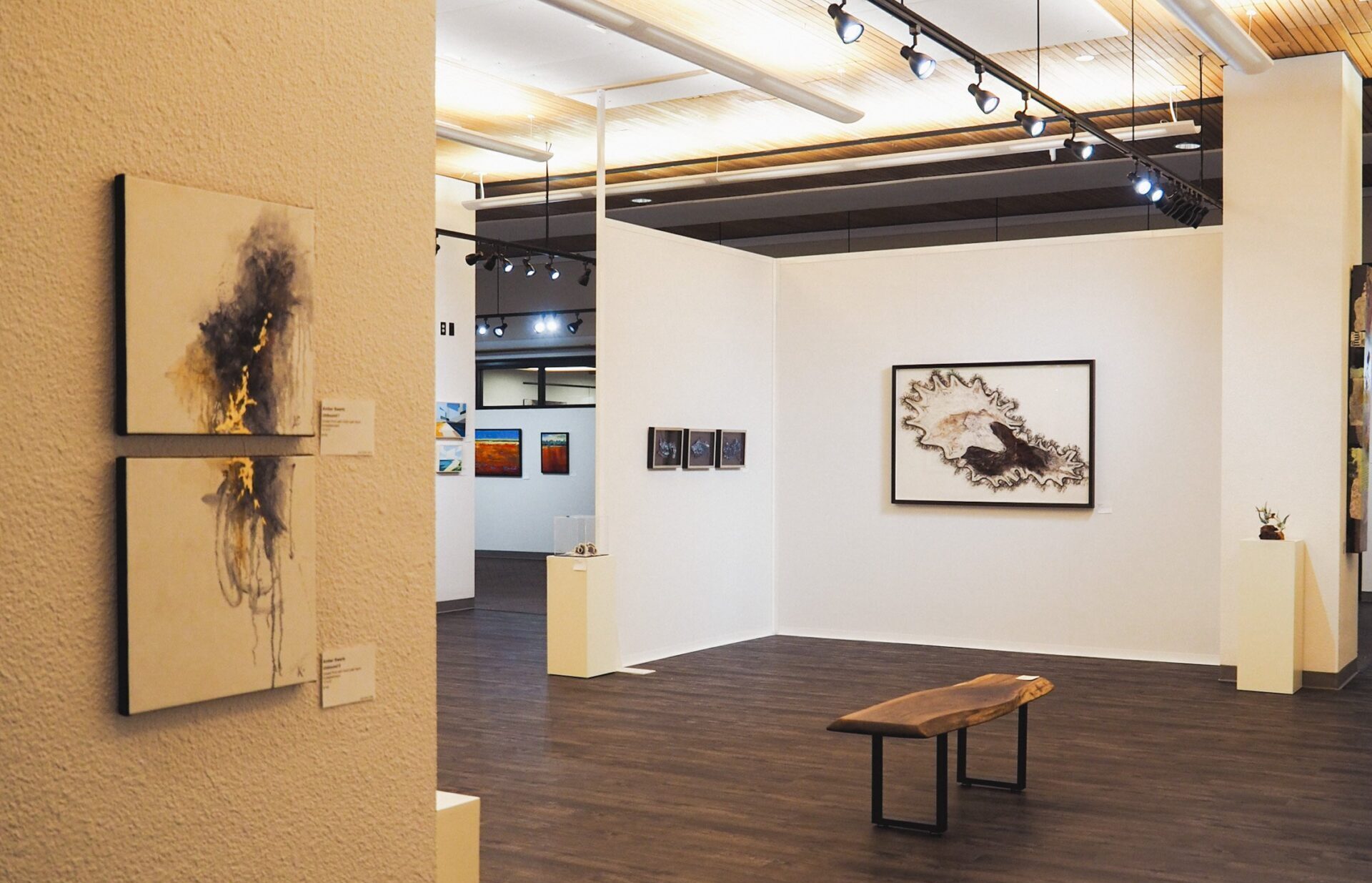 Lancaster Art Vault Exhibits Black Art with ‘Expressions of Strength’
Lancaster Art Vault Exhibits Black Art with ‘Expressions of Strength’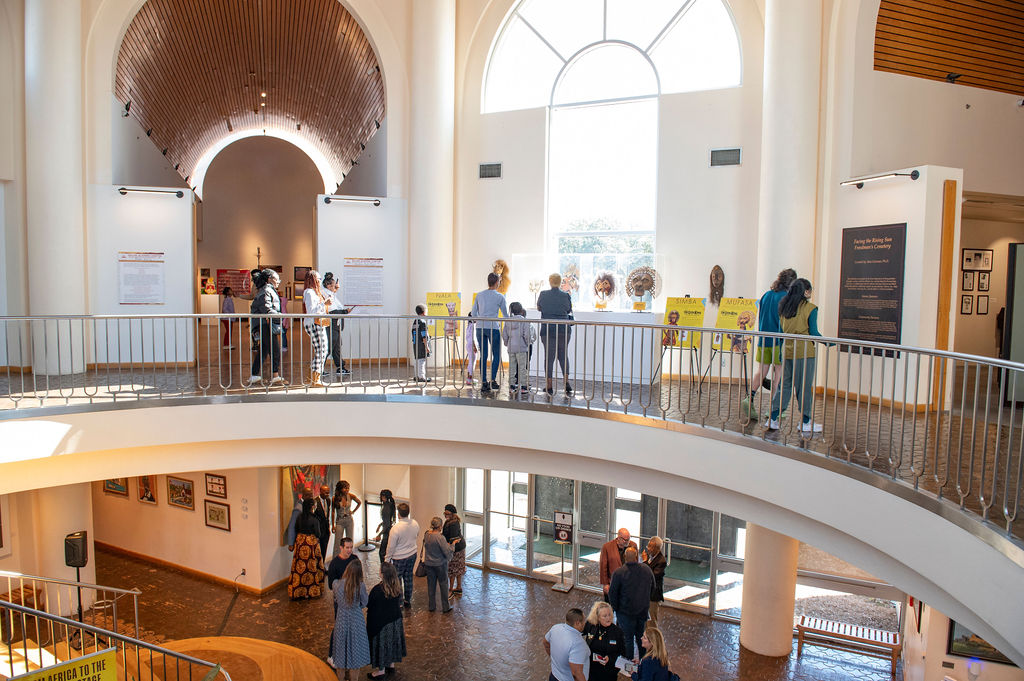 Dallas’ African American Museum Kicks Off Black History Month
Dallas’ African American Museum Kicks Off Black History Month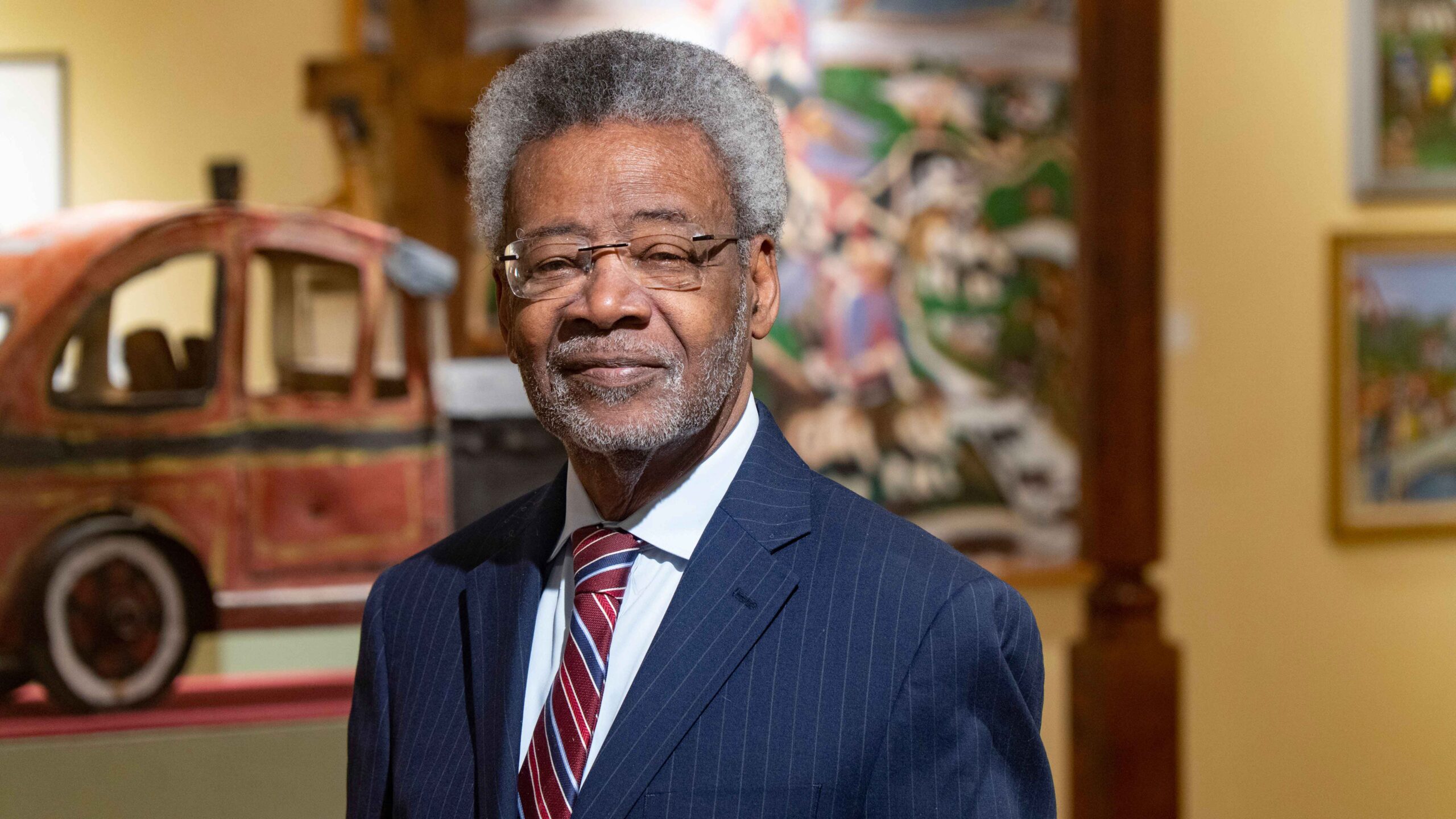 The African American Museum in Dallas Marks 50 Years with Founders Ball
The African American Museum in Dallas Marks 50 Years with Founders Ball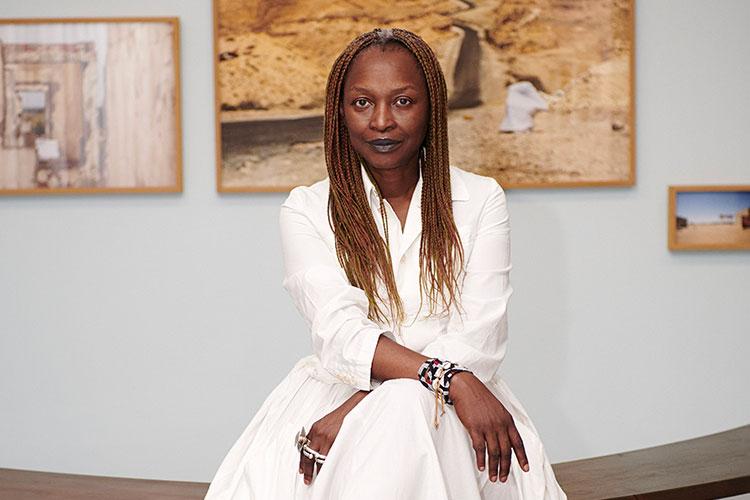 Koyo Kouoh’s Appointment as 2026 Venice Biennale Curator
Koyo Kouoh’s Appointment as 2026 Venice Biennale Curator
JOIN OUR MAILING LIST
CONNECT
Privacy Policy
Copyright © 2025 Black Art Magazine is proudly powered by KVBOND



